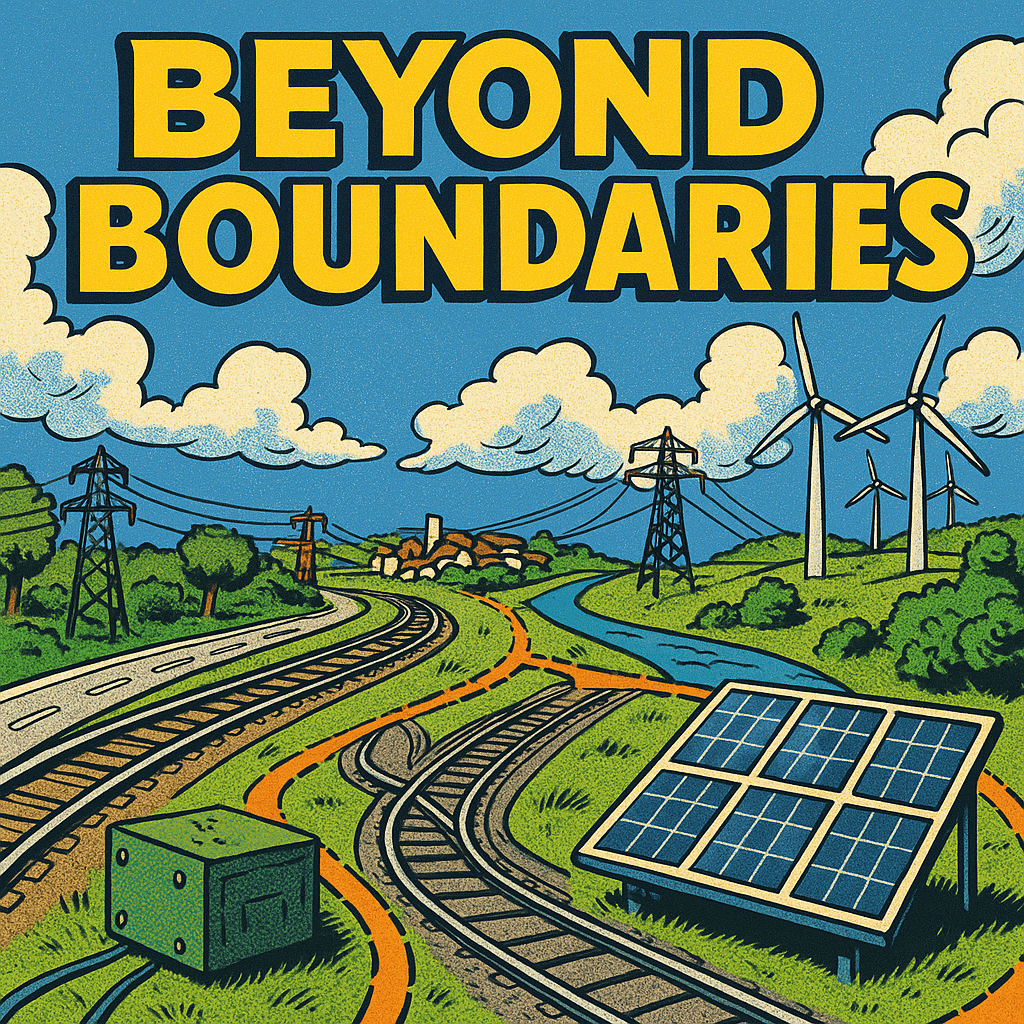Beyond Boundaries – Assessing Nested Regional Roles in Energy Systems

What?
Master Thesis Project
Where?
IPESE Lab, EPFL Valais Campus (Sion) with options for partial remote collaboration. High-frequency exchanges within a dynamic research environment.
When?
Flexible start and end dates to accommodate academic calendars and individual preferences.
Context
Energy system planning increasingly relies on decentralized resources and prosumer participation. Traditional models either focus on a single region or scale up to national systems without explicitly quantifying the role of sub-regions.
This project adapts the multi-cell framework of the EnergyScope regional model to a pair of peer regions, first assessing the combined “whole” system and then the nested “sub-system.” Integration with the REHO tool enables explicit representation of low-voltage prosumer behavior at district scale. Application at the MV/HV level (city or canton) within the Swiss transmission system—and analogously to Switzerland within the European grid—permits quantification of interdependencies, potential exchanges (grids, streets, rail corridors), and the contribution of local flexibility to system-wide objectives.
This nested approach embodies the principle that “the whole is greater than the sum of its parts,” revealing synergies and trade-offs across scales.
Skills and Background
- Proficiency in energy system modeling, especially EnergyScope and REHO
- Understanding of power system architecture (LV, MV, HV networks)
- Experience with Python for model development and data analysis
- Ability to interpret results for infrastructure planning and policy implications
- Interdisciplinary perspective integrating technical, economic, and regulatory factors
Recommended courses:
- Energy Conversion and Renewable Energy
- Modelling and Optimization of Energy Systems
- Convex Optimization
- Applied Data Analysis
Objectives
- Extend EnergyScope’s regional multi-cell formulation to two peer regions, implementing sequential simulations for the combined system and the isolated sub-region.
- Characterize energy exchanges (electricity flows, demand shifting, storage sharing) and infrastructure interactions (grids, street-level distribution, rail electrification) between regions.
- Integrate REHO to evaluate district-level prosumer contributions (PV, batteries, demand response) and their impact on MV/HV system performance.
- Demonstrate methodology for a Swiss canton within the national grid, and outline extension to a national-within-continental context (e.g., Switzerland within Europe).
- Identify scenarios in which local flexibility enhances system resilience, reduces investment needs, and aligns regional objectives with transmission-level planning.
Contacts
Additional Information
- EnergyScope conceptual foundations: https://library.energyscope.ch/latest/explanation/conceptual_foundations/#key-concepts-and-terminologies
- REHO documentation: https://reho.readthedocs.io/en/main/
- EPFL Semester Project on regional EnergyScope: https://infoscience.epfl.ch/server/api/core/bitstreams/3d533768-9297-4eba-87a3-ec2b6cf70a44/content0
- UCLouvain thesis on multicell integration: https://dial.uclouvain.be/memoire/ucl/object/thesis:25229